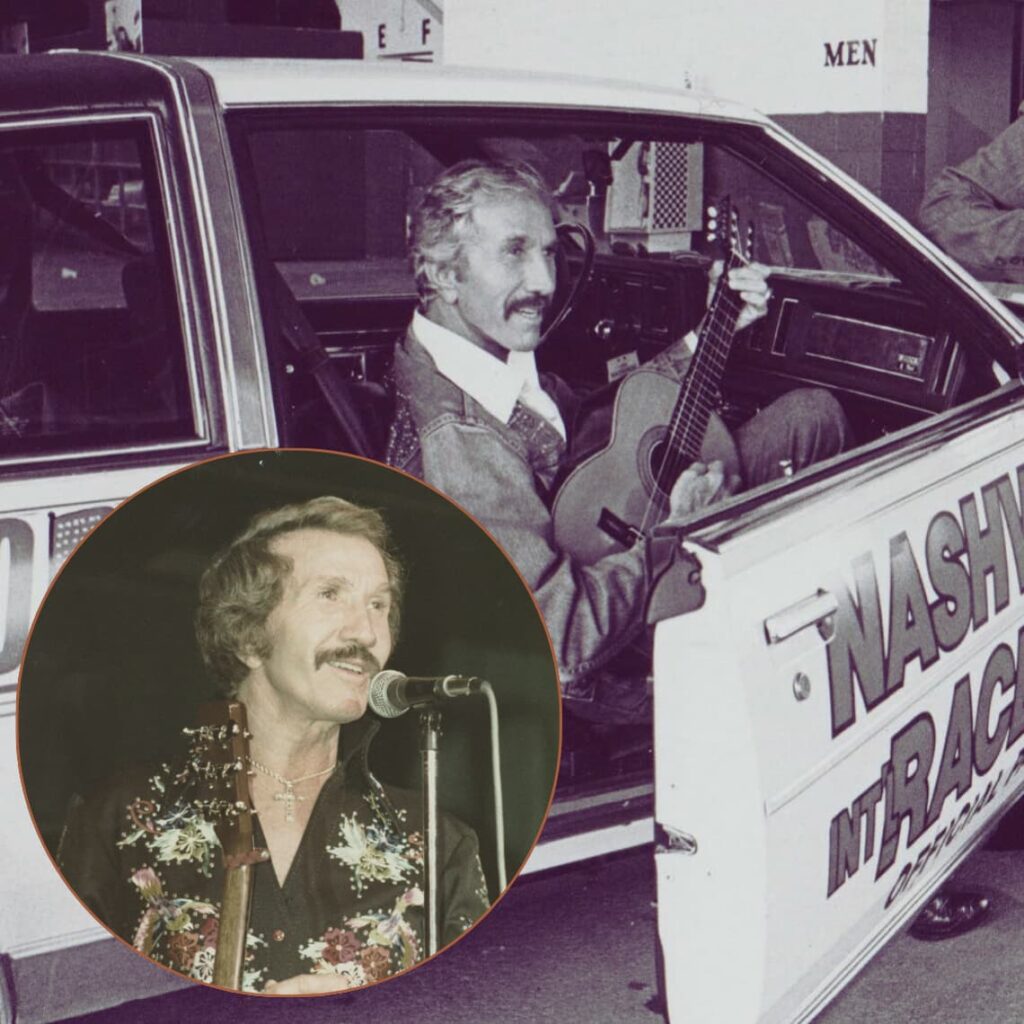
“Maybellene”: A High-Octane Tale of Speed, Love, and Loss
Let’s cast our minds back to the vibrant, formative years of rock ‘n’ roll. Before the Beatles and the British Invasion, there was a raw, electric energy sizzling across the American airwaves. This was the era of the pioneers, the sound shakers, and the storytellers. And in 1955, a song roared onto the scene that perfectly captured this spirit: “Maybellene,” an anthem of teenage angst and automotive obsession.
Originally written and performed by the legendary Chuck Berry, this track wasn’t just a hit; it was a cultural phenomenon. It was the moment rock ‘n’ roll truly found its voice, blending the frantic pace of country music with the gritty soul of the blues. While we remember Berry’s iconic version, it’s worth noting the fascinating journey of this song. It was a tune that others couldn’t resist putting their own spin on, and one of the most intriguing takes came from an unexpected source: the country crooner, Marty Robbins.
It might seem like an odd pairing—the smooth, velvet-voiced singer of ballads like “El Paso” taking on a high-octane rock ‘n’ roll number. But in the early days of rock’s explosion, the lines between genres were a lot blurrier. Artists crossed over, experimented, and borrowed from each other’s styles, creating a melting pot of American sound. Marty Robbins’ cover of “Maybellene” is a perfect example of this artistic exploration. While his version might not have hit the same dizzying heights as Berry’s on the charts, it’s a testament to the song’s universal appeal and its ability to transcend genre boundaries. It was a song that everyone wanted to play, a story that everyone wanted to tell.
The story of “Maybellene” is a simple one, yet it’s rich with the kind of vivid imagery and relatable drama that makes for a timeless classic. It’s a chase scene on wheels, a heart-pounding narrative of a man in his Ford V8 pursuing a wayward girl in her Cadillac. This isn’t just about a race; it’s a metaphor for a relationship gone sour. The girl, Maybellene, has been unfaithful, and the singer is desperately trying to catch up to her, both physically and emotionally. The car becomes an extension of their feelings—the Ford V8, with its “motor-vating” power, represents the man’s determination, while the Cadillac, with its sleek, “hot-roddin'” design, symbolizes the girl’s carefree, fleeting nature.
The lyrics are a masterclass in storytelling. We’re right there in the passenger seat, feeling the engine rumble and the wind whip by. Phrases like “I was motor-vatin’ over the hill” and “the motor stopped cold” paint a picture so clear, you can almost smell the gasoline. It’s a tale of love, betrayal, and the furious pursuit of a second chance. The song’s structure, with its driving rhythm and call-and-response vocals, mirrors the chaotic energy of the car chase itself. It’s a whirlwind of emotion, a desperate plea set to a beat you can’t help but tap your foot to.
While Marty Robbins’ version might not have the raw, untamed energy of the original, it offers a different kind of charm. His smooth vocals bring a sense of melodic desperation to the lyrics, turning the chase from a frenzied rock ‘n’ roll battle into a more soulful, almost mournful pursuit. He gives the song a touch of country elegance, a hint of the heartbreak that would define his later career. It’s a fascinating reinterpretation, a look at what happens when a country star decides to dabble in the wild world of rock ‘n’ roll. It’s a reminder of a simpler time, when music was less about strict genres and more about good stories, memorable melodies, and the pure joy of making noise.